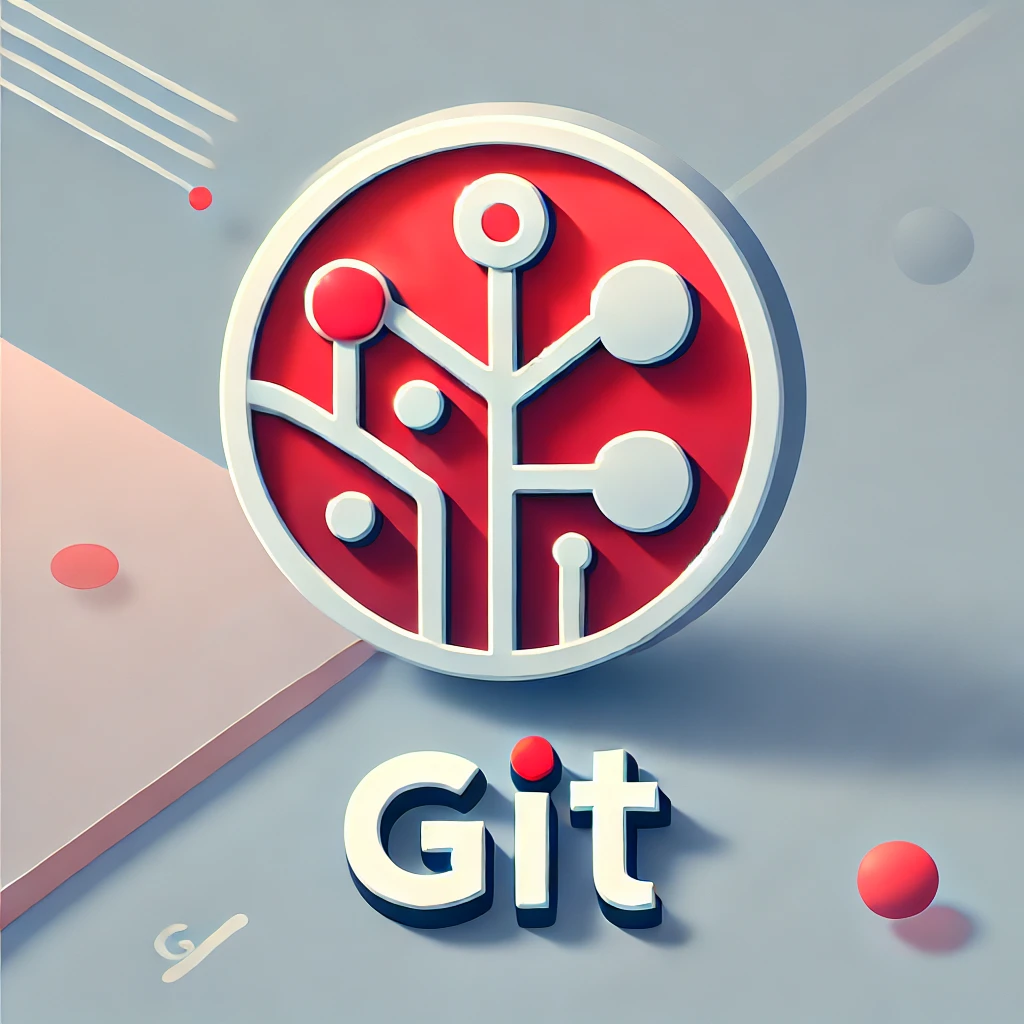Welcome to our beginner’s guide on important GIT commands! Whether you’re new to coding or just need a refresher, this guide will walk you through the essential GIT commands that every developer should know. Let’s dive in!
What is GIT?
GIT is a powerful version control system used by developers to track changes in their code. It allows you to collaborate with others, keep a history of your work, and manage your projects efficiently. Here are the most important GIT commands you need to know.
Basic GIT Commands
1. git init
The git init command initializes a new GIT repository. This command creates a hidden .git folder in your project directory, allowing you to start tracking changes.
git init2. git clone
The git clone command copies an existing GIT repository to your local machine. This is useful when you want to contribute to a project or use someone else’s code.
git clone https://github.com/username/repository.git3. git add
The git add command stages changes in your working directory for the next commit. Use this command to prepare your changes for saving.
git add .4. git commit
The git commit command saves your staged changes to the repository. Always include a meaningful message to describe what you changed.
git commit -m "Add new feature"5. git status
The git status command shows the current state of your working directory and staging area. It helps you see which files are staged, unstaged, or untracked.
git status6. git push
The git push command uploads your local repository changes to a remote repository. This is how you share your work with others.
git push origin main7. git pull
The git pull command fetches changes from a remote repository and merges them into your local repository. Use this command to stay updated with the latest changes.
git pull origin main8. git branch
The git branch command lists all branches in your repository and shows the current branch. You can also create a new branch with this command.
git branchTo create a new branch and switch to it:
git checkout -b new-feature9. git checkout
The git checkout command switches between branches. This is useful when you want to work on different features or versions of your project.
git checkout new-feature10. git merge
The git merge command combines changes from one branch into another. This is typically used to integrate feature branches into the main branch.
git merge new-feature11. git log
The git log command shows the commit history for your repository. It helps you track changes and see who made what changes.
git log12. git reset
The git reset command undoes changes by moving the current branch pointer to a previous commit. This is useful for removing unwanted changes.
git reset --hard HEAD~1Conclusion
GIT is an essential tool for developers, and these commands are the building blocks of using GIT effectively. By mastering these commands, you’ll be able to manage your code more efficiently and collaborate with others seamlessly.
Remember to practice these commands and integrate them into your daily workflow. Happy coding!


